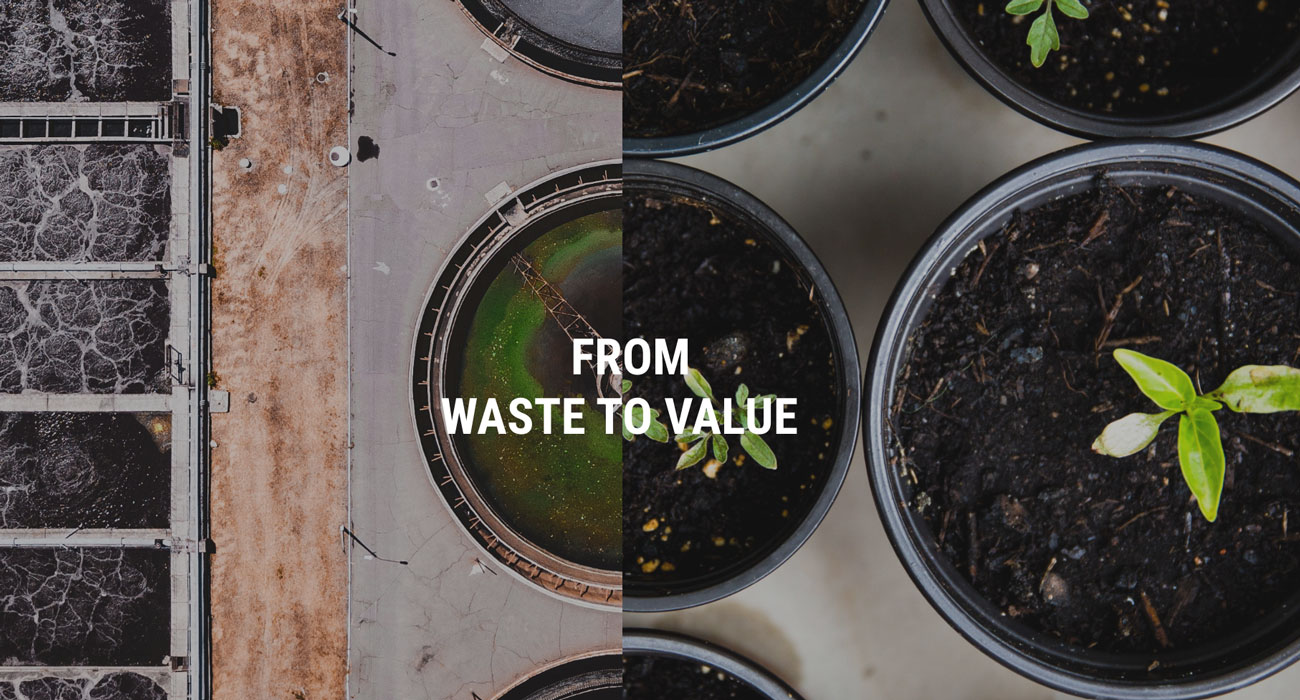Introduction
Growing Challenge of Waste Tires
The accumulation of discarded tires presents an escalating environmental challenge. This section delves into the proliferation of waste tires, examining the environmental implications and emphasizing the urgency for sustainable waste tire management solutions.
Pyrolysis Process: A Technical Insight
Mechanism of Pyrolysis
Pyrolysis, the thermal decomposition of tires in the absence of oxygen, is a complex yet efficient process. This subsection provides a technical insight into the mechanisms at play during pyrolysis, resulting in the production of pyrolysis oil, gas, and char.
Types of Pyrolysis Reactors
Pyrolysis reactors come in various designs, each influencing the efficiency of the process. From batch reactors to continuous tyre pyrolysis plants, this part explores the technical nuances of different reactor types and their impact on optimizing pyrolysis efficiency.
Pyrolysis Oil: Characteristics and Applications
Composition of Pyrolysis Oil
Pyrolysis oil, with its unique hydrocarbon composition and functional groups, is a valuable product of the process. This subsection delves into the composition of pyrolysis oil, shedding light on the properties that make it suitable for various applications.
Versatile Applications of Pyrolysis Oil
The applications of pyrolysis oil span across industries. From serving as fuel for industrial processes to being a feedstock for chemical synthesis, this part explores the versatile uses of pyrolysis oil and the environmental benefits of substituting traditional fuels.

Environmental Impact and Sustainability
Mitigating Tire Waste Pollution
Pyrolysis offers a promising solution to reduce the environmental impact of tire waste. By minimizing landfill usage and stockpiles, this section discusses how pyrolysis contributes to mitigating tire waste pollution.
Carbon Footprint Reduction
Evaluating the carbon emissions in pyrolysis compared to traditional disposal methods is crucial. This part explores the carbon footprint reduction achieved through pyrolysis and its broader role in sustainable waste-to-energy solutions.
Technological Advancements in Pyrolysis
Innovative Pyrolysis Technologies
Technological advancements play a pivotal role in enhancing pyrolysis efficiency. This subsection explores innovations such as advanced catalysts, heat recovery systems, and automation, contributing to the continual improvement of the pyrolysis process.
Research and Development Initiatives
Ongoing research and development initiatives are vital for pushing the boundaries of pyrolysis technology. From improving efficiency to exploring novel applications and byproducts, this part highlights the dynamic nature of research in the field.
Economic Viability and Future Prospects
Economic Feasibility of Pyrolysis Oil Production
Establishing a pyrolysis plant requires investment, but the economic benefits are substantial. This section conducts a cost analysis, examining the economic feasibility and potential revenue streams from pyrolysis oil and its byproducts.
Future Trends and Market Potential
The article concludes by exploring emerging trends in waste tire recycling and the expanding market for pyrolysis oil and its derivatives. From economic viability to future prospects, pyrolysis stands out as a revolutionary solution in waste tire management.


Comments
No comments yet. Be the first to react!